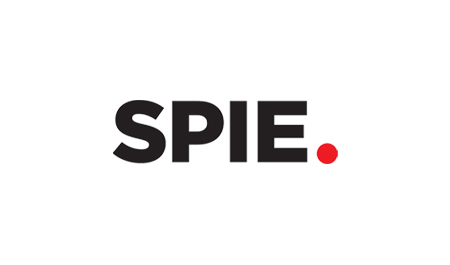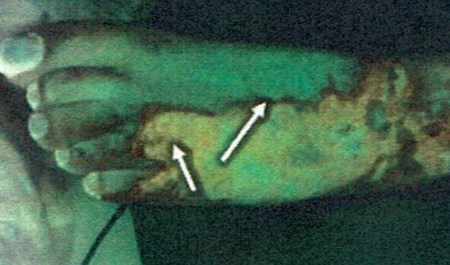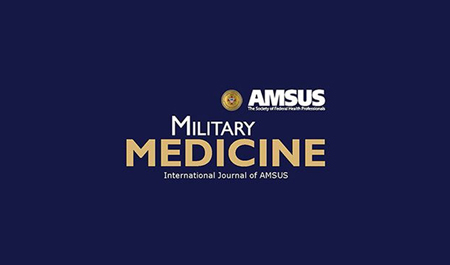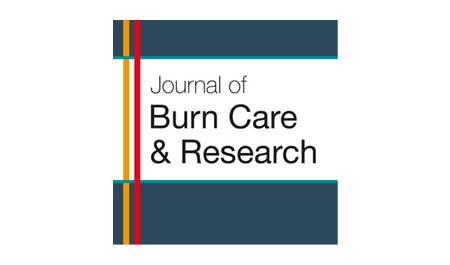Burn injuries constitute a critical economic burden on healthcare infrastructures worldwide. They are often associated with high mortality rates due to severe complications. Infection is the most common complication, highlighting the importance of prompt and precise diagnosis in order to prevent detrimental consequences and to optimize patient outcomes. Here we examine the current standard of care for diagnosing infection in both burn and chronic wounds followed by an investigation into the research surrounding a relatively new technique for bacterial detection, fluorescence imaging. With five years of published research on bacterial fluorescence imaging (MolecuLight i:X device), we have summarized and analysed the validity of the procedure and compared it to the current standard of care; clinical assessment and microbiological analysis. We highlight the benefits that could be obtained through the use of this technology as well as the limitations and the feasibility of incorporating this novel procedure into the standard of care.
Back to All Clinical Evidence
Burns, Detection of Bacterial Burden
Diagnosing Burn Wounds Infection: The Practice Gap & Advances with MolecuLight Bacterial Imaging
This review summarizes clinical evidence from the last 5 years evaluating the diagnostic accuracy and impact of adding fluorescence imaging to standard of care wound assessment
Several studies reported vast improvements in detection of bacterial burden in burn wounds with the addition of fluorescence imaging to standard of care
Incorporation of fluorescence imaging into patient care can change the trajectory of wound healing, leading to interventions that placed non-healing wounds on a healing trajectory















